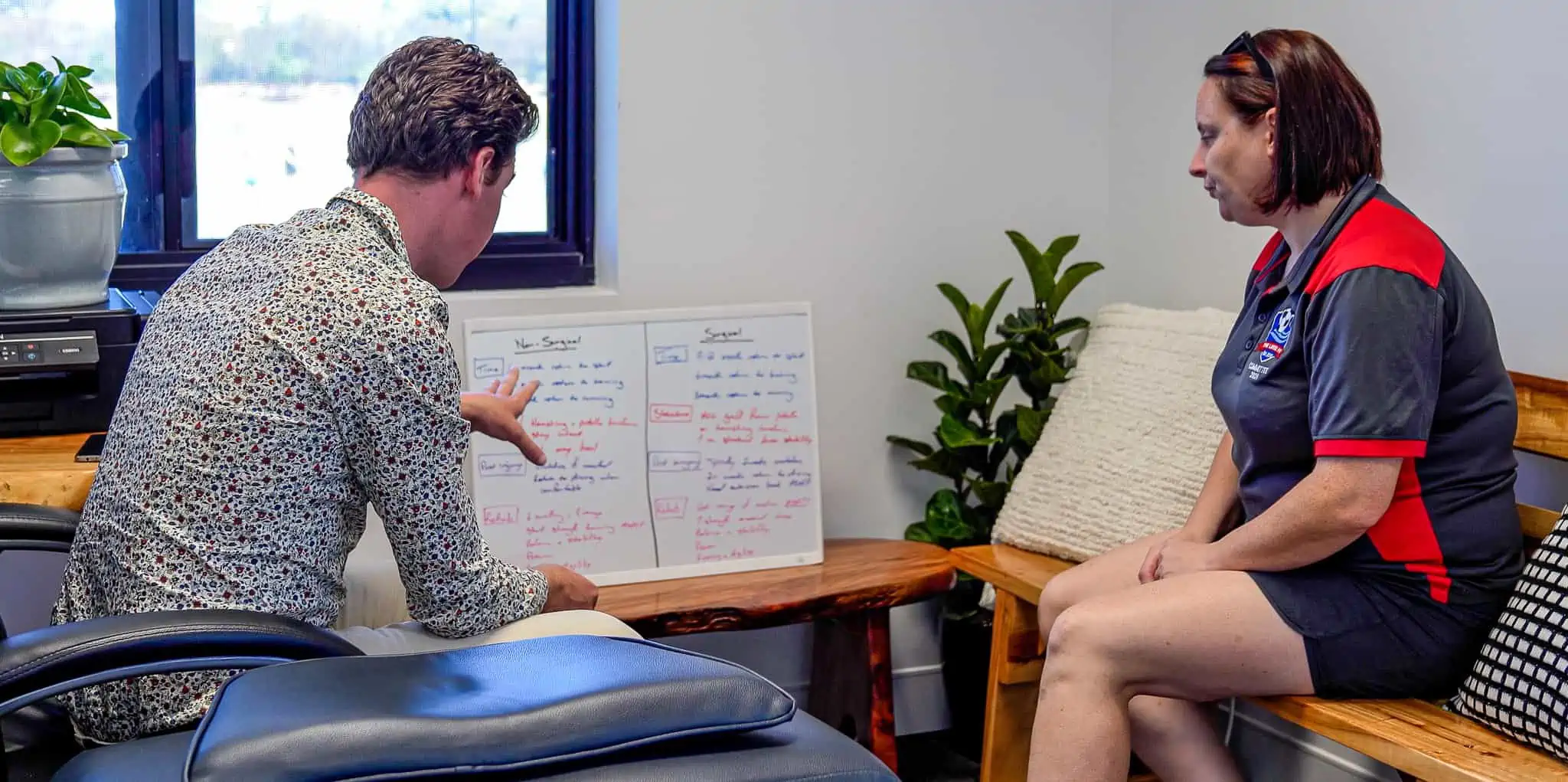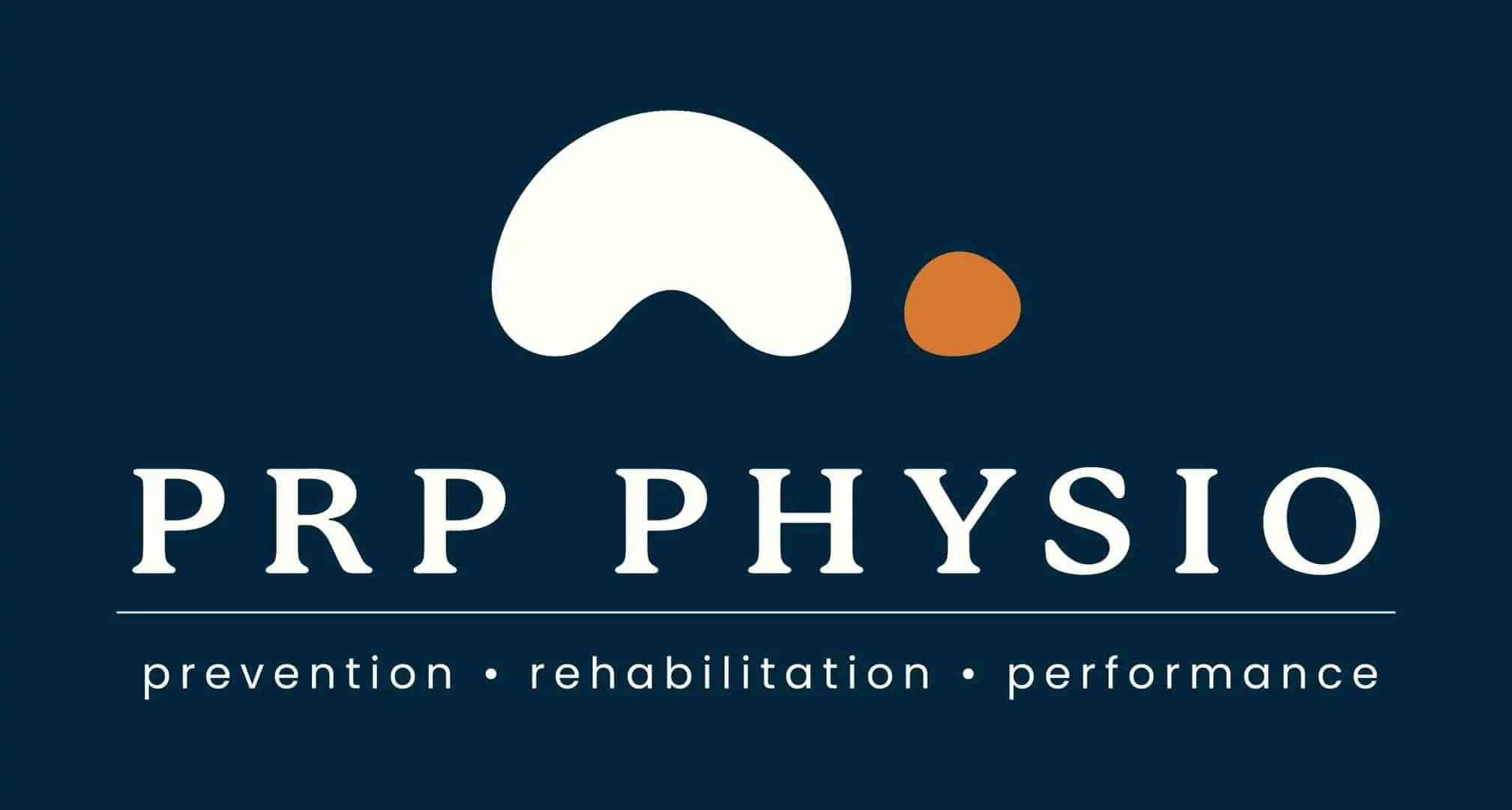
06 Apr Is Non-Surgical Management of ACL Injuries Really a Thing?
IS NON-SURGICAL MANAGEMENT OF ACL INJURIES REALLY A THING?
As we have covered in the previous posts, ACL injuries result in a significant amount of swelling with a quick onset, sensations of looseness, giving way or instability, clicking, catching or locking symptoms may be present if there is an associated meniscal tear and potentially a reduced weight bearing capacity. This typically results in a significant loss of knee related function in day to day life and often results in other aches occurring due to altered movement patterns. In Australia, surgical management of ACL injuries accounts for approximately 90% of cases with the remaining being non-surgical, whereas in Scandinavia the ratio is closer to 50% surgical and 50% non-surgical. This isn’t due to one single factor alone, there are multiple factors at play including societal beliefs, how our healthcare system is set up and client expectations. It is imperative when considering your management pathway to look at all the management options and choose what you feel is best for you. When the evidence is unable to point your healthcare provider conclusively in one direction education and awareness is paramount.
Evidence Between the Two
Currently, there has only been one long term study directly comparing surgical and non-surgical management of ACL injuries. At both three and five year follow up it has been identified that there is no significant difference between the two groups regarding; pain, function, return to sport, activity levels, re-injury rate or follow up surgeries. Within the first year there was a small difference in favour of the surgical group in return to activity. It can be difficult as a health care professional to make strong recommendations following this, I believe that it gives enough evidence for clients to trial a period of non-surgical rehabilitation with the option of surgical management if it doesn’t respond the way it is expected to.
Surgical Management
Surgical management, being the most common in Australia is typically performed with the use of a hamstring graft, in NSW and Victoria it is becoming slightly more common to use the patella tendon for a graft source due to it’s increased structural stiffness. Whilst the surgery may appear to be minimal due to the small scars on the surface, the surgery required is quite extensive, to place the graft into the knee bone tunnels must be drilled into both the femur (thigh bone) and tibia (shin) for the graft to have something to attach to. Recent changes in techniques have resulted in the hamstring graft becoming shorter and fatter which means these bone tunnels don’t have to be as large. The tendon graft is then tensioned to remove any stretch capacity or stretch response that it inherently contains, thereby attempting to increase the stiffness of the graft. The graft is then inserted into the bone tunnels and ensured that enough tension is applied that the knee isn’t unstable but not too tight to restrict knee extension. Surgeons will differ in what device they will use but there will need to be an anchor applied at both ends of the bone tunnels. If other injuries are present, for example a meniscal tear the surgeon may want to perform further surgery on the affected region, this will largely depend on the presentation, severity and type of meniscal tear. As you can see the surgery option is relatively large in scale when considering what needs to be done. There is evidence that suggest if early reconstruction takes place while the knee is still inflamed, that inflammatory markers in the knee are increased up to 5 years post-surgery.
The other side of the coin with regards to surgery is that you are increasing the structural integrity and stability at the joint locally. This may mean that there is potential for a reduction in injury risk however there is no conclusive evidence to link those two factors together. Surgery may also have a small placebo effect attached with it, there has been no research done in the ACL cohort of patients however in both certain shoulder and knee surgeries researchers have been able to identify that the belief that surgery has been performed is enough for patients to improve.
Non-Surgical Management
A non-surgical management pathway will look very similar to surgical management post-operative physiotherapy, there will be a period to settle the knee and improve range of motion and then begin a strengthening program gradually progressing towards a gym strengthening program. The major benefit of a non-surgical pathway is that there is no surgery to recover from, once the inflammatory process from the injury itself has settled you can begin the process towards a gym program. This process can potentially result in a faster return to activity or sport with a similar success rate to surgical options. Whilst it isn’t a very commonly chosen pathway in Australia, in Scandinavia it is often the first line of treatment with surgical options being assessed at approximately 6 months post injury. This allows time to strengthen and improve the stability and control of the muscles surrounding and effecting the knee (the gluteals are the biggest example). Whilst the ACL may never return to the full structural stability it previously had – it is also unlikely a surgical graft does too – with rehabilitation you are able to develop function stability. I define this as the capacity to perform high level tasks such as running, jumping, cutting, changing direction etc without any instability or giving way. Regardless of management pathway progression towards this capacity is essential as rehabilitation forms the longest and most comprehensive form of treatment in ACL injuries.
Interestingly, there is some preliminary research and local sports doctors and GP’s identifying clients who have sustained an ACL rupture confirmed on MRI, who have gone on to “heal”. These clients have had another MRI 6 or more months later which has been able to show that the ACL has a capacity to reattach itself. This was previously not thought to be possible due to the ACL having a relatively poor blood supply. We are currently unsure how this process happens and the potential factors between a re-healing process and no re-attachment, but it is a promising piece of information and shows how much more we still must learn about the human body.
At this current stage of research, we are unable to consistently and accurately determine who does and who doesn’t require ACL reconstruction surgery. Current guidelines suggest that all patients should undertake 3-6 months of rehabilitation prior to determining whether they should undergo surgery. From my own experience very few people will undertake this time to determine as there is a strong societal belief in Australia that we require early reconstruction even if recent evidence is beginning to indicate the opposite. Clinicians such as Kieran Richardson, a Perth based Specialist Musculoskeletal Physiotherapist is leading a movement to improve knowledge in clinicians, awareness in the general public and change the perception surrounding ACL injuries. He has posted many informative articles on his website as well as being one of the founding members of the Facebook group “ACL tear recovery without surgery”, a supportive group of members who have had ACL injuries and have or are on their way to recovering without surgery.
Determining your management pathway following an ACL injury is a tough decision and one in which there isn’t a clear answer that is right for every person. Each client should take on board all information given from the physiotherapist, orthopaedic specialist if you decide to see one, GP as well as friends and family members and use this information to develop an informed decision. Only once you have obtained a clear understanding of the pathways can you make a true decision. I believe, in Australia, there is a lack of education regarding non-surgical options and most clients can’t truly make an informed decision for their management.
